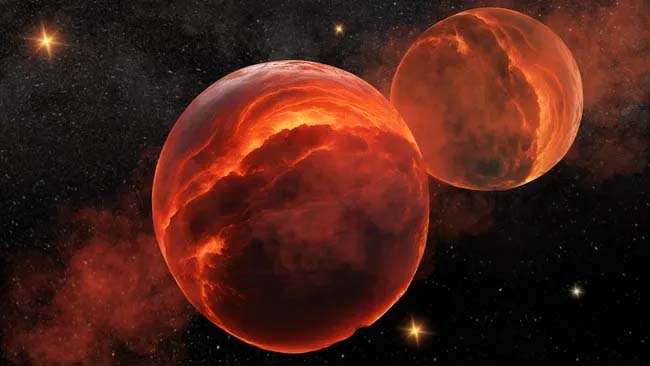Science: A well-studied cosmic object has startled astronomers. The “failed star” Gliese 229b has been revealed to be two so-called “brown dwarfs” orbiting each other, rather than one. This revelation means that Gliese 229b is a “first of its kind” tight brown dwarf binary, raising hopes that there are other such exotic systems in the Milky Way waiting to be discovered. The discovery also solves a long-standing mystery about Gliese 229b, explaining why this brown dwarf appears very dim for its mass.
“Gliese 229b was considered the poster-child brown dwarf,” team member and California Institute of Technology (Caltech) researcher Jerry W. Xuan said in a statement. “And now we know that we were wrong about the nature of the object all along. It’s not one but two. We were just not able to investigate such a close separation until now.” Brown dwarfs get the unfortunate nickname of “failed stars” because they form from a collapsed cloud of gas and dust, like “regular” stars, but fail to gather enough mass from the remains of this cloud to begin fusing helium from hydrogen in their cores. Gliese 229B lies 19 light-years away, where it orbits a red dwarf called Gliese 229. In 1995, it became the first known brown dwarf, introducing astronomers to failed stars. Now, appropriately, it introduces the new concept of the incredibly close brown dwarf binary.
You can forgive astronomers for failing to distinguish the two bodies of Gliese 229B, now designated Gliese 229Ba and Gliese 229Bb. They are separated by just 3.8 million miles (6.1 million kilometers). That might seem like an incredible distance, but to put it into perspective, it’s just 16 times the distance between Earth and the moon and just 4% of the distance between Earth and the sun. The two brown dwarfs of Gliese 229b are so tightly bound that they orbit each other once every 12 Earth days.
